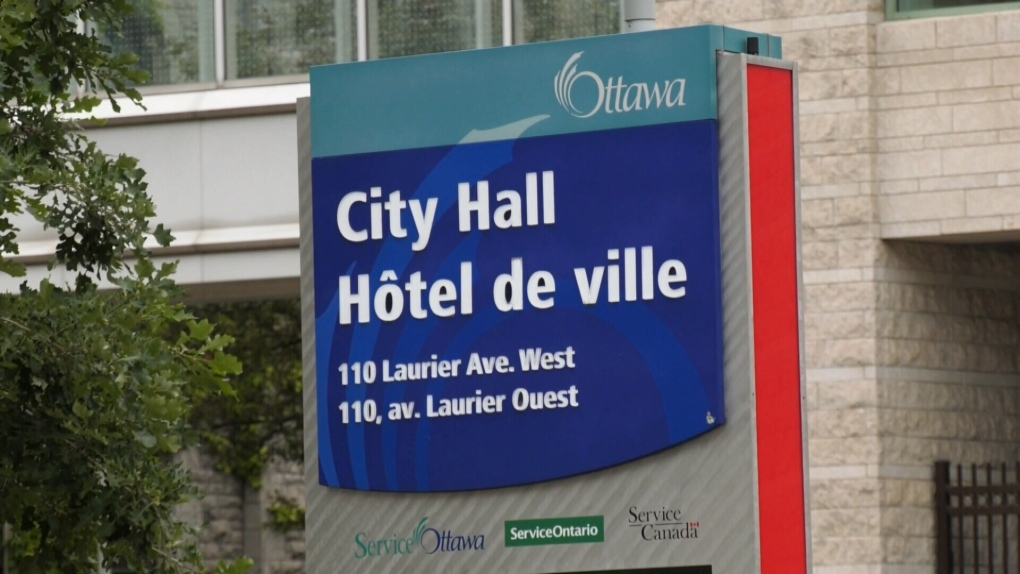A report for the the City of Ottawa’s Finance and Corporate Services Committee says planned investments in city infrastructure and assets will not be enough to maintain current service levels 10 years from now.
The 2024 asset management plans (AMPs) look at several departments, from community and social services to transit, outlining the items that need work or replacement.
“Overall, the combined 2024 AMPs detail City-owned assets to be in good to fair condition across the eight service areas, including assets like facilities, rinks, parks, fleets, IT, assets supporting transit, specialty equipment and more. The City of Ottawa’s asset management planning ensures all assets are maintained safely,” a report prepared for the committee says.
City staff say the City of Ottawa owns, operates, and maintains assets with a current replacement value of approximately $73 billion. The estimated cost to maintain all infrastructure at current level of service is more than $16.5 billion, but the planned investments into these assets over the next 10 years fall about $3 billion short.
“Ottawa’s aging infrastructure requires ongoing investment for maintenance and renewal to meet community needs and safety standards,” the committee report says. “Financial pressures are also driven by new regulatory and policy demands, modern accessibility standards, and climate change impacts, all contributing to an increase in forecasted costs for asset renewal, enhancement, and growth.”
While most assets are considered to be in good to fair condition, some notable ones are in very poor condition.
According to city documents, 23 per cent of aquatic facilities and 39 per cent of outdoor assets in Ottawa are considered to be in very poor condition, defined as being near or beyond expected service life, with widespread signs of advanced deterioration. The cost to cover growth, enhancement and renewal for all cultural and recreational assets in Ottawa over the next 10 years is estimated at $1.8 billion, more than double what the city plans to invest over the next decade.
Some things in the documents are in very good condition, including 90 per cent of paramedic facilities, 77 per cent of O-Train Line 1 assets and 67 per cent of pathways.
The city’s transit services need the most significant investment. There is a gap of about $1.1 billion in planned investments to the transit system over the next 10 years compared to estimated costs. It’s expected to cost $13.1 billion to maintain the transit system over the next 10 years, but the current estimated revenue comes in at just under $12 billion. In addition, staff say this figure is based on the Transit Long Range Financial Plan update in September 2023, which assumed there would be funding from other levels of government.
“If the funding assumptions made do not materialize, the funding gap forecasted could increase,” staff say.
The asset management reports coming before the Finance and Corporate Services Committee are not asking for additional funding approval.
“The 2024 AMPs do not seek Council decisions on changing funding strategies or service levels; however, Council’s endorsement and approval of these plans recognize the existing state of assets and their projected funding requirements, as required by the Provincial legislation,” the report says. “Understanding the current forecasted estimates will support future decisions in 2025 and beyond.”

